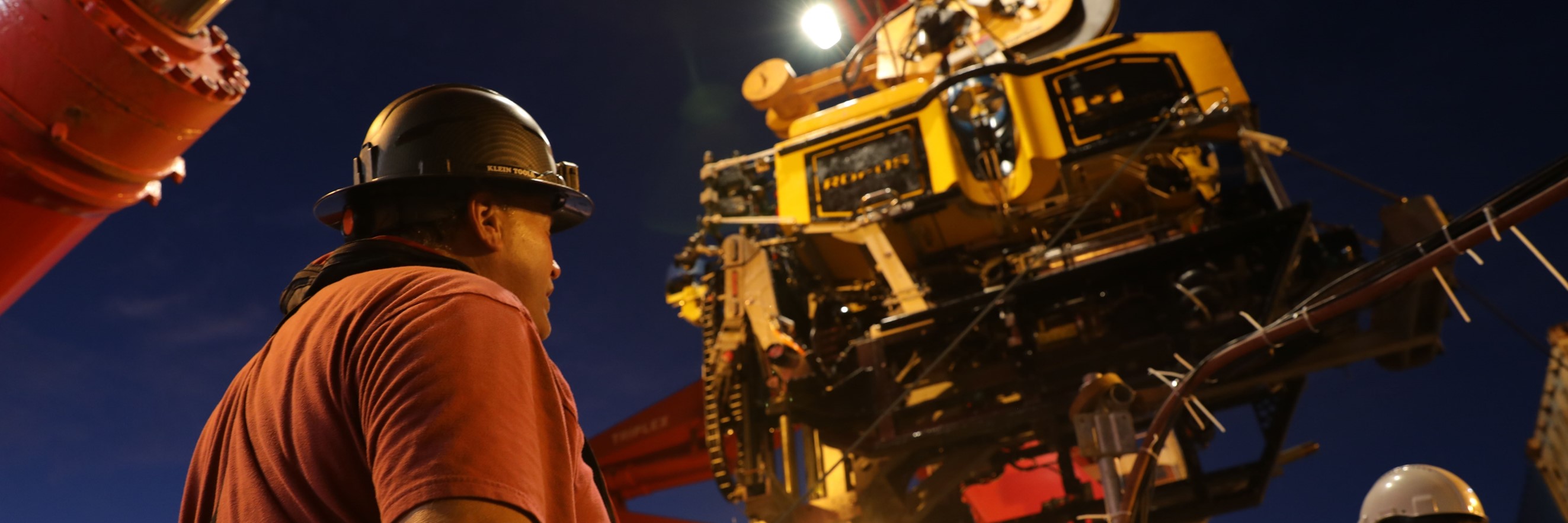
BGR INDEX2023 Expedition
R/V Sonne September 29 – November 20, 2023
From September 29 – November 20, 2023, 6 CSSF team members supported the INDEX2023 ship expedition of the Germany’s Bundesanstalt für Geowissenschaften und Rohstoffe (BGR; Federal Institute for Geosciences and Natural Resources) in the Central Indian Ocean. The focus of this mission to conduct geological and environmental investigations in an area licensed under the regulation of the International Seabed Authority (ISA) for the exploration of polymetallic massive sulfides as part of the ongoing INDEX project. Participants included scientists and professionals from the University of Hamburg, Hafen City University Hamburg, Laurentian University, Christian-Albrechts University (CAU) Kiel, the Scottish Association for Marine Science, Integrated Environmental Solutions (INES) and the BGR.
The expedition had 2 legs: the first mainly focused on geophysical exploration work (e.g., electromagnetic, seismic studies), and the second centered on the deployments of ROPOS to explore massive sulfides in the deep. For the work that did not require the use of an ROV, the BGR and associated scientists performed: 1) bathymetric mapping (using the multi-sensor sled HOMESIDE), 2) sediment collection (with a gravity corer), 3) environmental baseline studies (including the investigation of particle flux and water chemistry using sediment trap moorings and CTD casts) and 3) investigations of near-bottom megafauna communities (using baited fish camera moorings). The major goal of the ROPOS dives were: 1) the geological and biological mapping of hydrothermal vent sites and neighbouring areas, 2) photogrammetric (3D) mapping of hydrothermal mounds, 3) the sampling of geological seafloor surface samples and vent/non-vent faunal communities, as well as of hydrothermal fluids and 4) drilling to obtain samples from massive sulfide and hard rock outcrops.
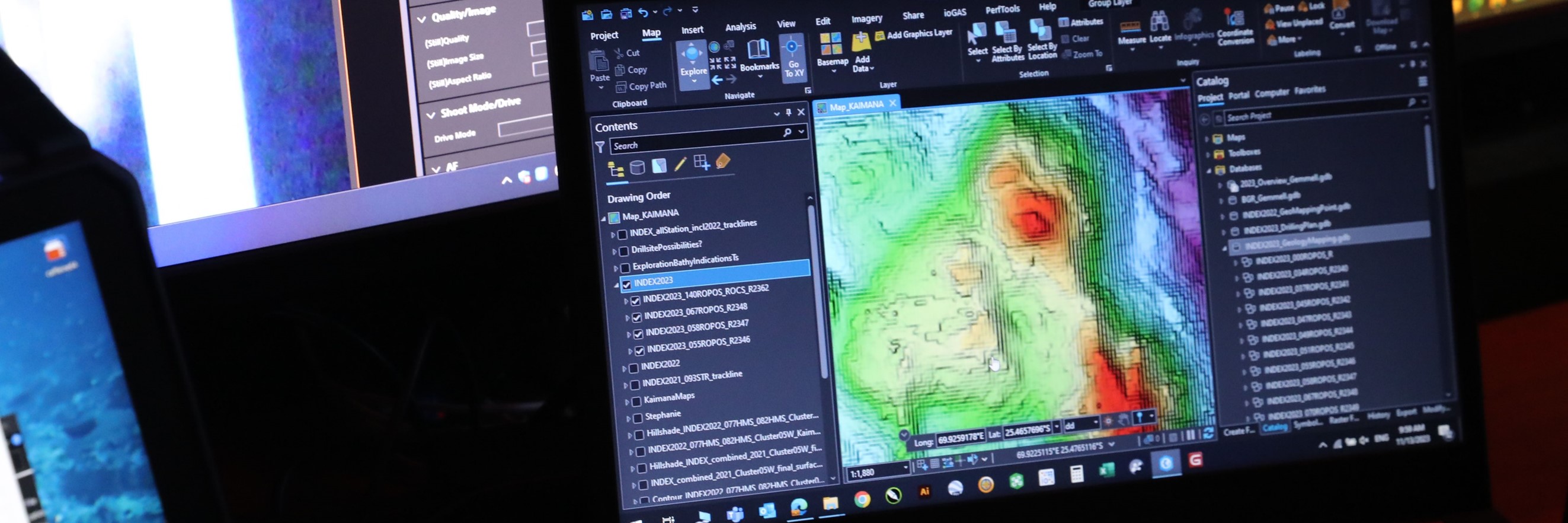
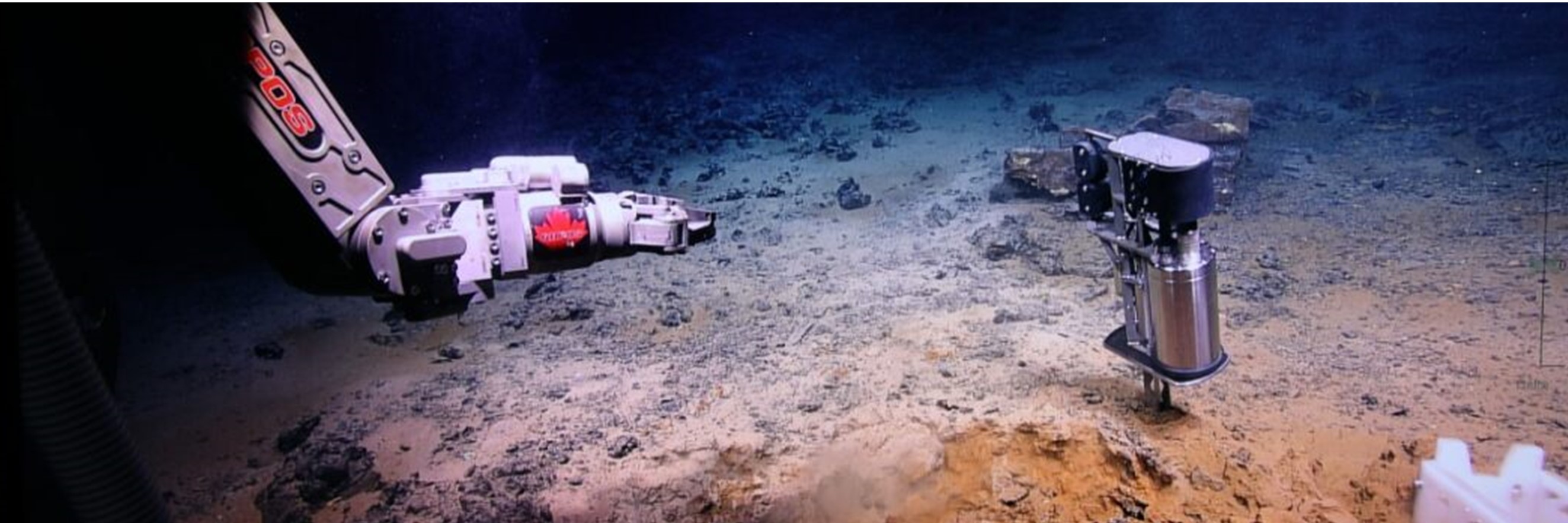
During the first part of Leg 2, ROPOS was operated in normal science mode, to allow for scientific sampling, seafloor surveying and data collection. We facilitated: the recovery of 2 colonization experiments (from active and inactive vent fields that were placed the previous year) and 3 incubation experiments (installed 4 years ago), and collected a total of 2142 biological samples (using ROPOS’ manipulator arms, suction sampler as well numerous push core sediments), 27 high-temperature vent fluids (with the ROV-based KIPS sampling system) and 120 host-rock and sulfide samples (via grabs). Furthermore, we collected more than 146 hours of video imagery and 15 603 still photos, as well as multiple seawater samples near the seafloor and at different depths in the water column (with ROPOS’ mounted Niskin bottles) to be used by our Science Team for subsequent metabarcoding and eDNA studies.
A highlight for us was conducting surveys using our Autonomous Temperature Acquisition Probe (ATAP) that Keith Tamburri, our Operations Manager, developed in 2020. The ATAP is equipped with 6 thermistors and designed to measure temperature in sediments to a depth of 60 cm below the seafloor. It is capable of real-time data acquisition and internal logging, is battery-powered and sits on the side of ROPOS in a holster. A pair of optical modems allows us to communicate with it in the water at depth and at a shorter distance in air. A key advantage of the ATAP is that it can be left in situ while ROPOS completes other tasks, which saves valuable time. On this mission, we took repeated measurements with the ATAP to determine the difference in temperature across each hydrothermal mound of interest.
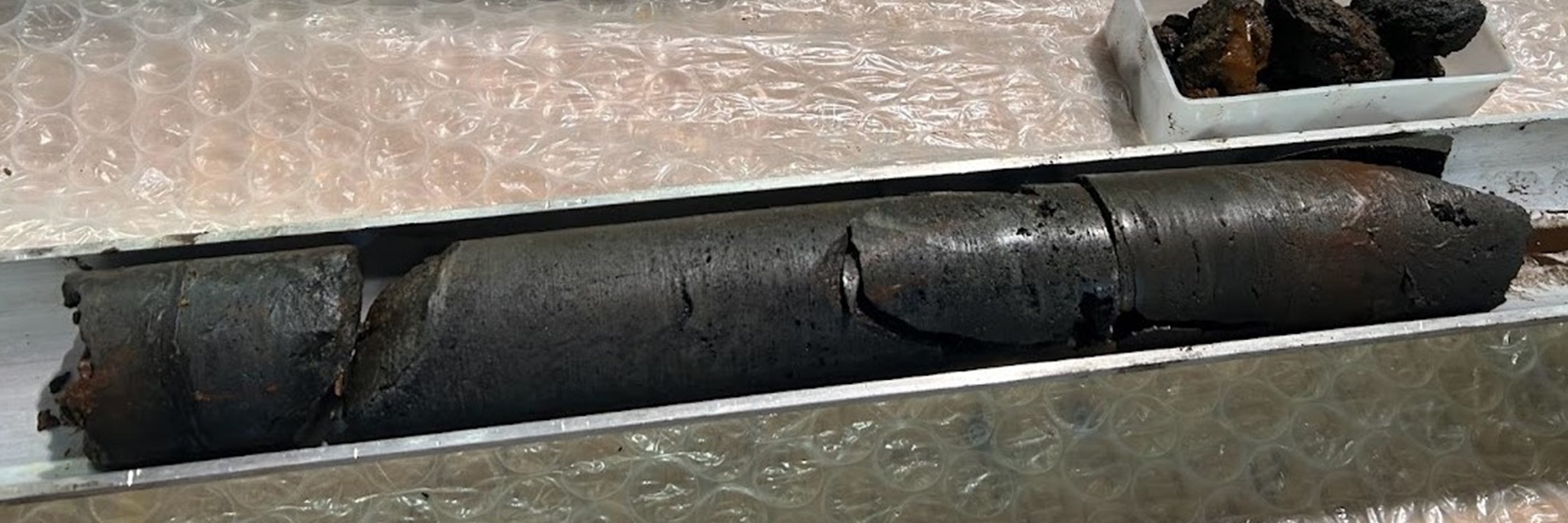
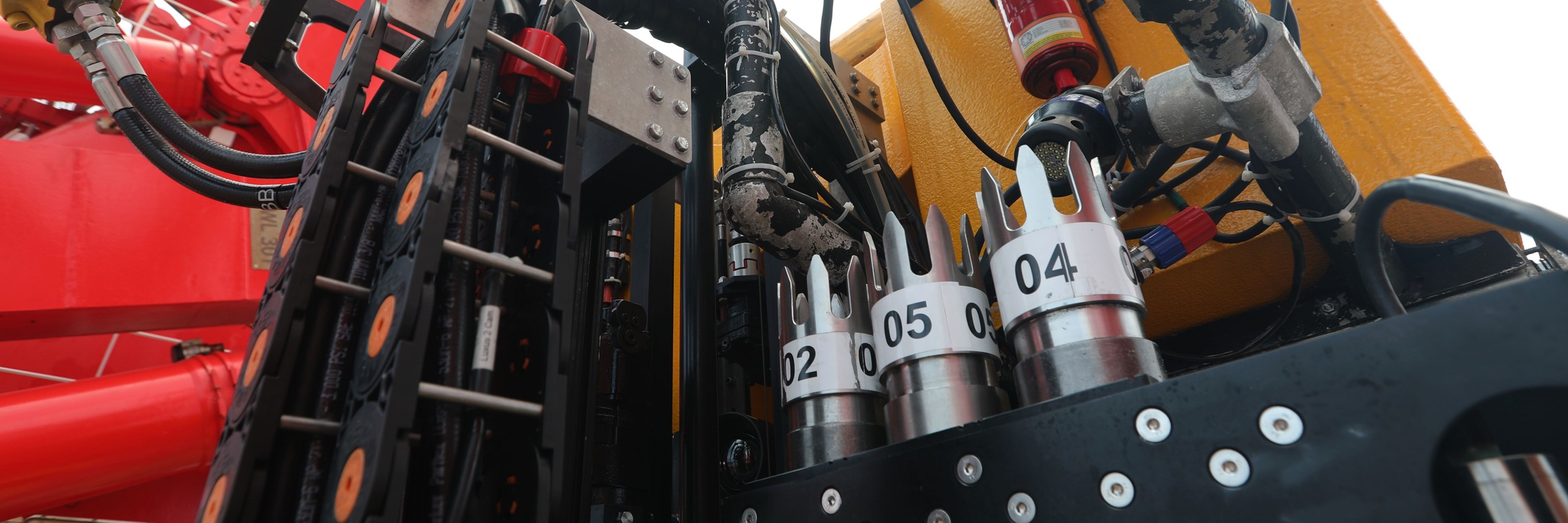
The second part of Leg 2 was devoted to the last 5 dives (of a total of 20) for the geological sampling using ROPOS’ Remotely-Operated Coring System (ROCS). We collected seafloor samples of fresh and altered sulfides, rocks and hydrothermal sediments using different drilling setups. A highlight for our Science Team was the discovery of the occurrence of native copper; they also collected, investigated and identified important metal-bearing sulfides that include mineralizations of sphalerite (Zn-rich), chalcopyrite (Cu-rich) and pyrite (Fe-rich). A highlight for our ROPOS team was sampling of magmatic rocks containing the mineral labradorite, a mineral that was first identified in Labrador, Canada that is has a beautiful bluish-greenish iridescence to it! We supported our Science Team in further geological mapping, which resulted in 29 000 lithological observations being processed in ArcGIS and for 3D models, as well as mapping of 2 hydrothermal vent mounds to mm-level resolution using photogrammetry, which will help them to better understand the size, shape and surface of the mounds.
Our team faced challenges during this expedition. Two team members caught COVID-19 during the mobilisation — one very badly, and we were without 1 team member for 6 days. We also faced 3 days of bad weather. However, despite these challenges, we managed to begin the expedition on time! For this mission, we had 99.4% up time, which means that when we were able to dive, we were diving. Typically, there is a possibility that ROPOS may have to be completely stripped apart to access and refill its 100 hydraulic lines, meaning that it is a big job to convert ROPOS from science to ROCS mode. On this mission, we were able to successfully integrate the ROCS without any failures or loss of dive time!
The activities of this mission were also covered by TV journalist, Willie Schumann, who reports on environmental work through various media, such as blog entries and photo and video stories.
By the Numbers
CSSF's performance during the expedition
26
Days
26 operational days, ROPOS completed 26 dives, totalling 269 hours submerged, with the longest dive at 12 hours and the deepest at 3375 m.
2392
Samples
2142 biological samples and 27 hydrothermal vent fluid samples, 85 push cores, 120 sulfide and rock samples and 18 drill cores.
44 605
Images & Observations
29 000 lithological observations, imagery for 3D models of 2 of hydrothermal vent mounds, 8 deployments of a baited fish camera, 15 603 still photos and 146 hours and 56 seconds of video of marine life collected.
9
Moorings
5 long-term moorings recovered and 4 deployed and recovered.
5
Experiments
2 biological colonization and 3 incubation experiments recovered.
2
Discoveries
2 new hydrothermal vent fields discovered, and several new sites within known vent fields.
Photo credits: Keith Tamburri (sulfide sample) and Willie Schumann (all other photos). This expedition summary was written in collaboration with BGR.

